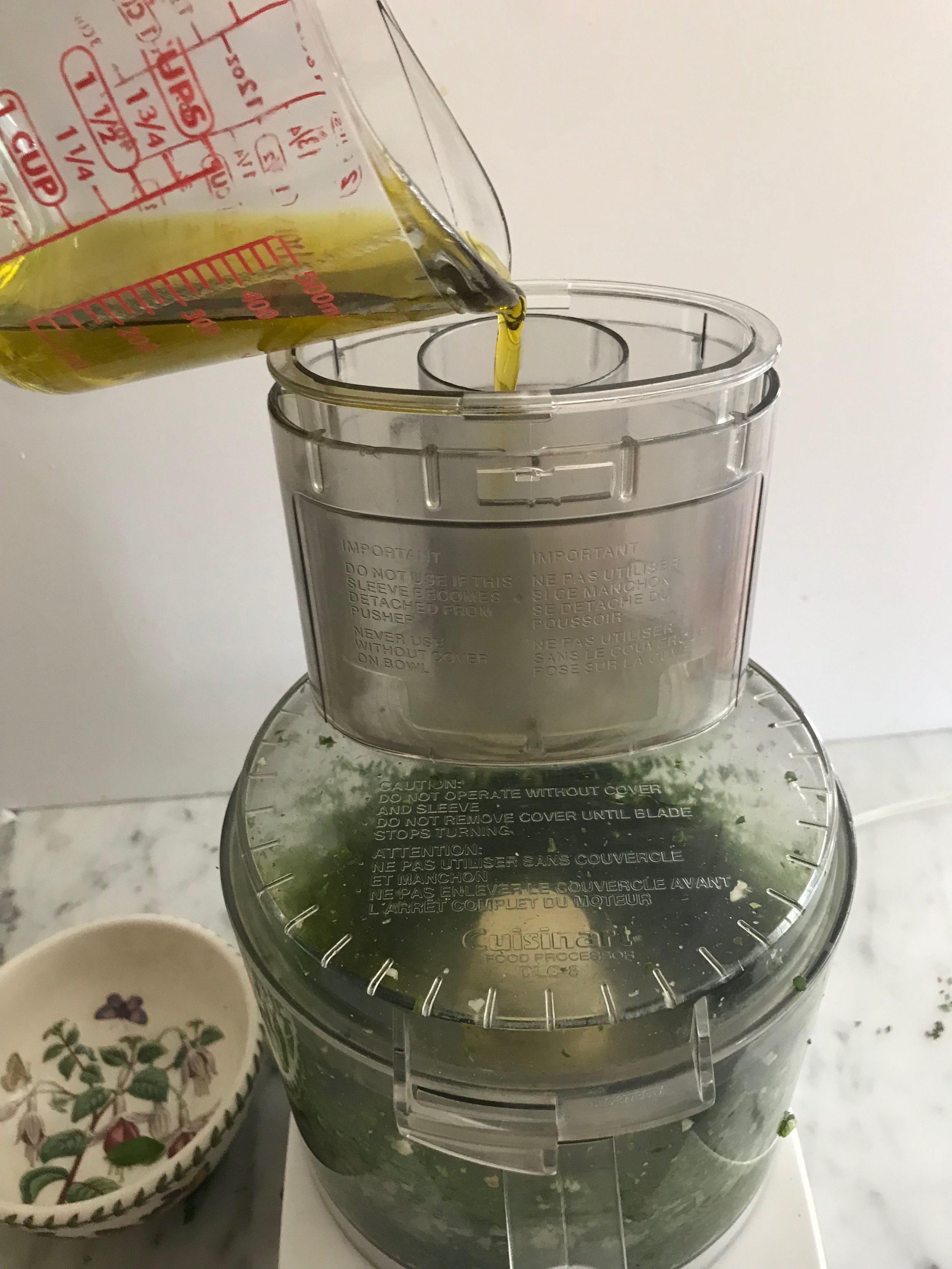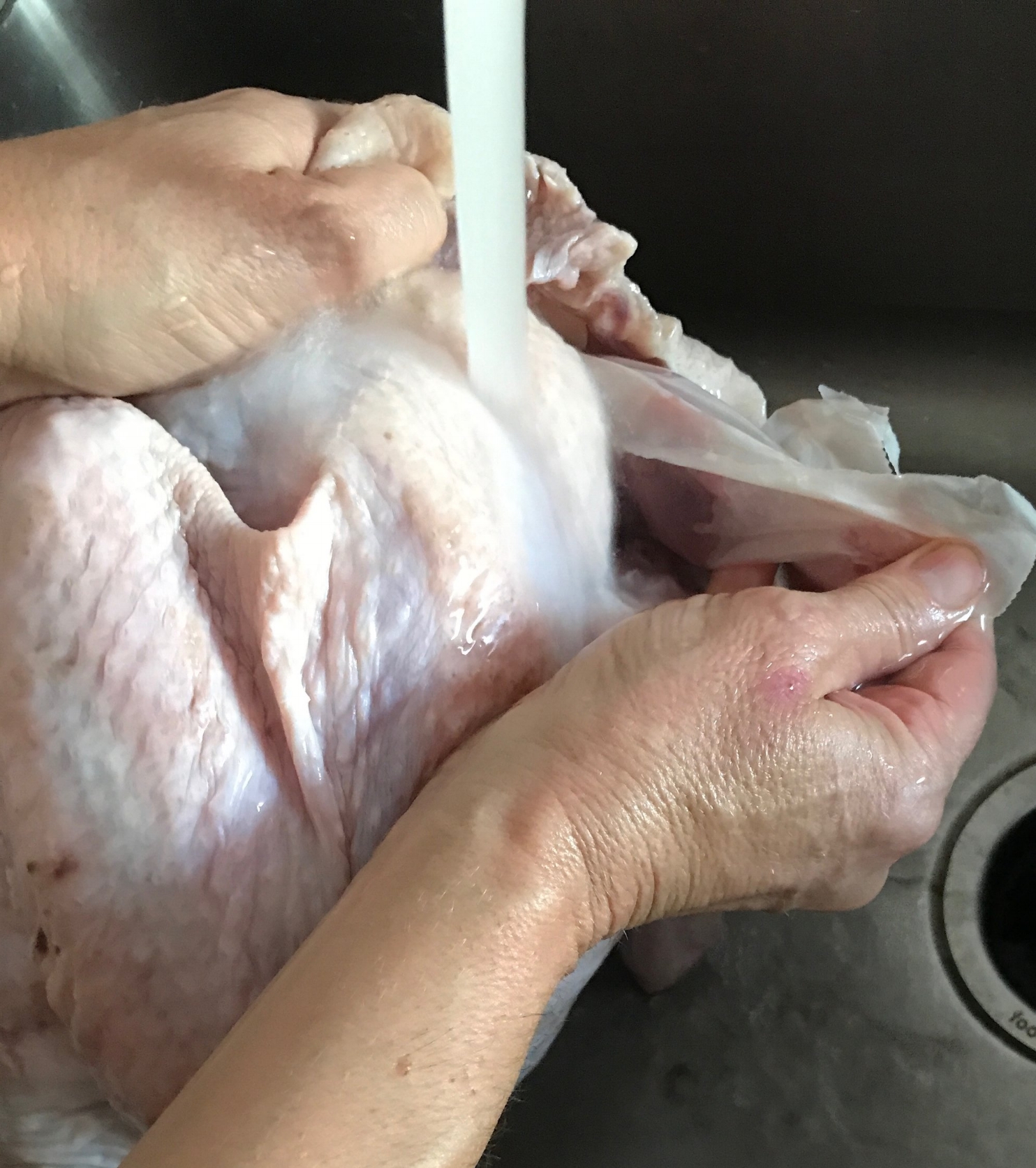Ingredients
1 pound shrimp, peeled, and deveined
5T butter
2T olive oil
1 shallot, finely diced
5 cloves garlic, finely diced
½ cup white wine
1 tablespoon lemon zest
½ cup lemon juice
1 pound fresh pasta
2T chopped flat parsley
salt & pepper
chili flakes-optional
1. With a paper towel pat dry the shrimp and season with salt and pepper.
2. In a large sauté pan, over medium heat, heat 2 tablespoons of the butter. Once melted, add the shrimp and cook until they start to turn pink about 2 minutes (they will be undercooked). Remove from pan place on a plate and set aside.
3. Heat the remaining 3 tablespoons of the butter and olive oil, and then add the shallot and sauté 1 minute. Add the garlic and sauté for 1 minute more. Add the wine and lemon juice and cook for 1-2 minutes.
4. Add the shrimp back into the pan and toss in the sauce to finish cooking, about another 2-3 minutes.
5. Meanwhile, bring a large pot of water to a boil. Add 1 tablespoon of salt. Add the pasta and cook the pasta until just al dente. Drain and reserve ½ cup of the cooking water. Add the cooked pasta to the pan with the shrimp.
6. Add the lemon zest, and parsley, tossing until well coated, adding a little of the pasta cooking water if needed to thin out the sauce. Season with salt, pepper and chili flakes. Serve immediately.
TIPS & TRICKS
• You can keep the shrimp whole or cut them into pieces, as you prefer. I used 16/20 shrimp, which means that there are 16-20 pieces per pound. I like to use shrimp from the Gulf of Mexico.
• Have your mise en place, a French culinary term that means “to put in place” prepped and ready to go before you start cooking since the cooking time is so short. In other words, have all your ingredients prepped and organized before you begin.
• The recipe calls for fresh pasta, which normally take just 3-4 minutes to cook. You can substitute dried pasta (cooking time 8-10mins); just start cooking the pasta before you start cooking the shrimp.
• You can also substitute the pasta for couscous, cauliflower rice or quinoa.
• You could add scallops when you sauté the shrimp. Or add capers, chopped olives, chopped tomatoes or basil to add different flavors to the dish.
• This recipe doubles easily.























































































































